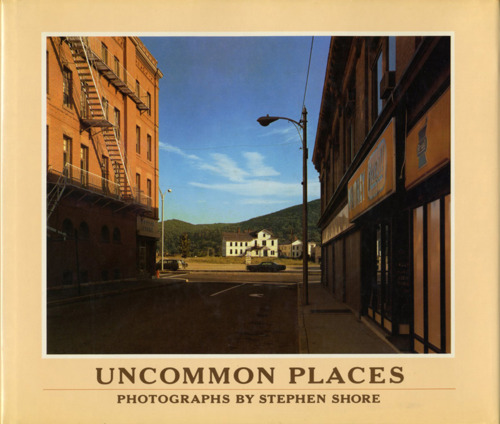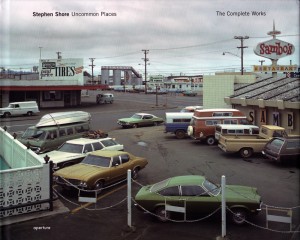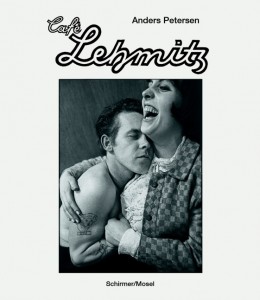Title
26 Different Endings
Author
Mark Power
Publisher
Photoworks, 2007

From the publisher:
In this new Photoworks publication, British photographer Mark Power returns to the dialogue between real and imaginary space that characterised his most successful book to date, “The Shipping Forecast” (1996). Once again the premise for this work has been a map and a sense of those invisible boundaries that help to form a strong and durable idea of place. In this case that place is the great sprawl of London, whose outer limits are, for most of us, defined by the extent of the A to Z road atlas. It is these outer zones – where, as the map suggests, the city thins out and then falls away into nothingness – that are the subject of Power’s photographs.
Taking each page of the atlas as his guide Power has embarked on an epic quest into a kind of local unknown, a voyage into a form of melancholic emptiness where the energies of the city evaporate into a strange kind of inertia.Like “The Shipping Forecast” before it, “26 Different Endings” is a project still deeply concerned with the weather, with the everyday drabness of places resigned to their climate of indistinction, where a condition of greyness has become the condition of life.”26 Different Endings” is a report about what appears to be a deeply traumatised place. It is also about a state of mind that Power has become entranced by, one conditioned by flat white skies and a generous expanse of pebble dash, an overbuilt environment where all buildings, new and old, look something like ruins. David Chandler’s autobiographical short story, written in response to Power’s pictures, delves deeper into this state of mind, drawing on a vivid picture of both the emotional and physical landscape of his childhood. Mark Power is Professor of Photography at the University of Brighton, and joined Magnum Photos in 2002. This large-scale, landscape format book is published in a limited edition of 1000.
Artist Website:
Mark Power
Project Website:
Mark Power – 26 Different Endings
If you would like to share your thoughts on this book, then please do by getting in touch!








